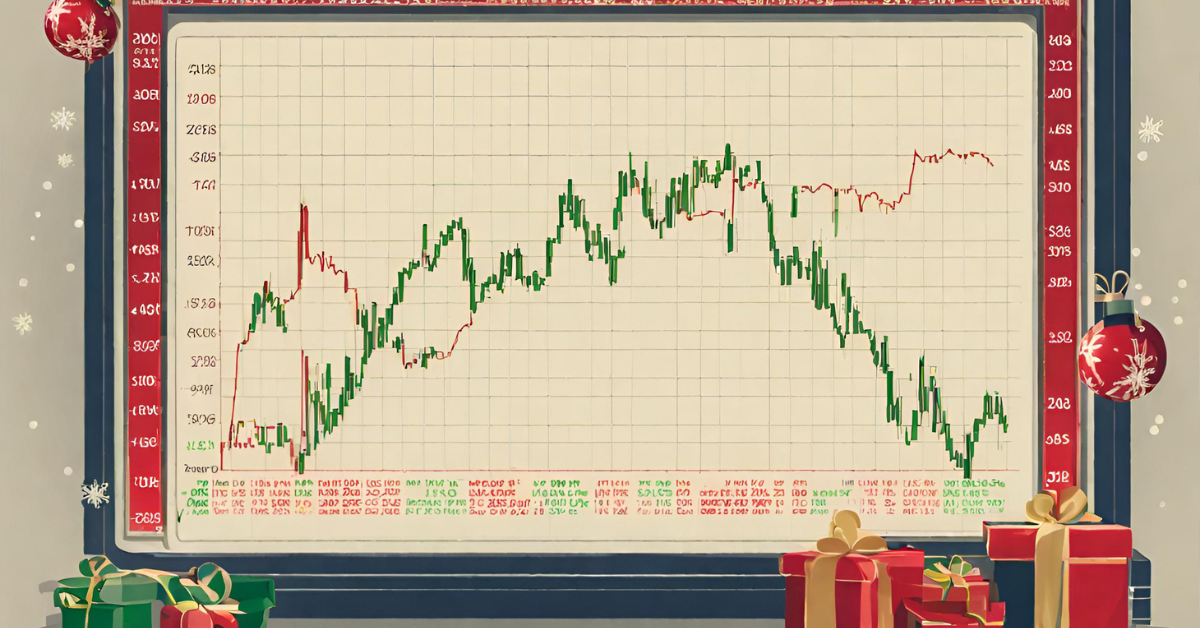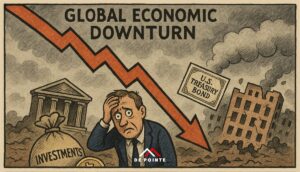Article

The holiday season is not just about twinkling lights, warm cocoa, and festive cheer—it also brings a unique phenomenon to the world of finance known as the “Santa Rally.” Investors often find themselves intrigued by the mysterious surge in the financial markets during the final weeks of the year, bringing a touch of magic to their portfolios. In this article, we’ll delve into the intricacies of the Santa Rally, exploring its origins, characteristics, and the potential impact on investment opportunities.
What is a Santa Rally?
The term “Santa Rally” refers to the historical trend where the financial markets experience a positive uptick in the weeks leading up to the end of the year, typically around Christmas and New Year’s. This phenomenon is characterized by a surge in stock prices, bringing joy to investors as they witness unexpected gains in their portfolios during the holiday season.
Unwrapping the Origins
The origins of the Santa Rally are somewhat shrouded in mystery, and financial analysts have debated its roots for years. Some attribute it to the festive optimism that permeates the air during the holiday season. Investors, buoyed by the spirit of goodwill and positive expectations for the upcoming year, may exhibit increased confidence in the markets, leading to heightened buying activity.
Another school of thought ties the Santa Rally to the phenomenon known as the “January Effect.” This effect suggests that investors engage in tax-related selling towards the end of the year to offset capital gains. As a result, stocks may experience a temporary dip, only to rebound in January as investors reposition their portfolios.
Factors Contributing to the Santa Rally
Several factors contribute to the occurrence of the Santa Rally, making it a fascinating subject for both seasoned and novice investors:
- Festive Optimism: The holiday season is synonymous with joy and positivity. Investors, influenced by the festive spirit, may be more inclined to take risks and make bullish moves.
- Low Trading Volumes: As the year winds down, trading volumes tend to decrease. With fewer market participants, even a small influx of buying or selling activity can have a more pronounced impact on stock prices.
- Window Dressing: Fund managers, seeking to present attractive portfolios to their clients, may engage in “window dressing.” This involves buying high-performing stocks towards the end of the year to enhance the appearance of their annual performance reports.
- Economic Data Releases: Positive economic data releases or developments can fuel investor optimism, contributing to the rally. Favourable news on economic indicators, employment, or corporate earnings can act as catalysts.
In the above chart you can see that in the 20 years between 1999 and 2019, only five years saw negative returns during the Santa Rally.
Navigating Investment Opportunities with De Pointe Opportunities
Understanding the Santa Rally is crucial for investors looking to make informed decisions during the holiday season. At De Pointe Opportunities, we recognize the significance of this phenomenon and its potential impact on your investment strategy.
Here are some tips for navigating the markets during the Santa Rally:
- Stay Informed: Keep a close eye on economic indicators, news releases, and market trends to make well-informed investment decisions.
- Diversification is Key: Ensure your portfolio is well-diversified to mitigate risks associated with market fluctuations. Diversification can help you weather any unexpected storms that may arise, even during the festive season.
- Consult with Our Experts: At De Pointe Opportunities, our team of experienced financial professionals is here to guide you. Whether you’re a seasoned investor or just starting, our content can equip you with insights to help you navigate the markets with confidence.
As the holiday season approaches, investors may find themselves anticipating more than just the exchange of gifts. The Santa Rally, with its unique blend of festive optimism and market dynamics, adds an intriguing layer to the world of finance. By understanding the factors contributing to this phenomenon, investors can make informed decisions and potentially unwrap the gift of unexpected gains in their portfolios.






